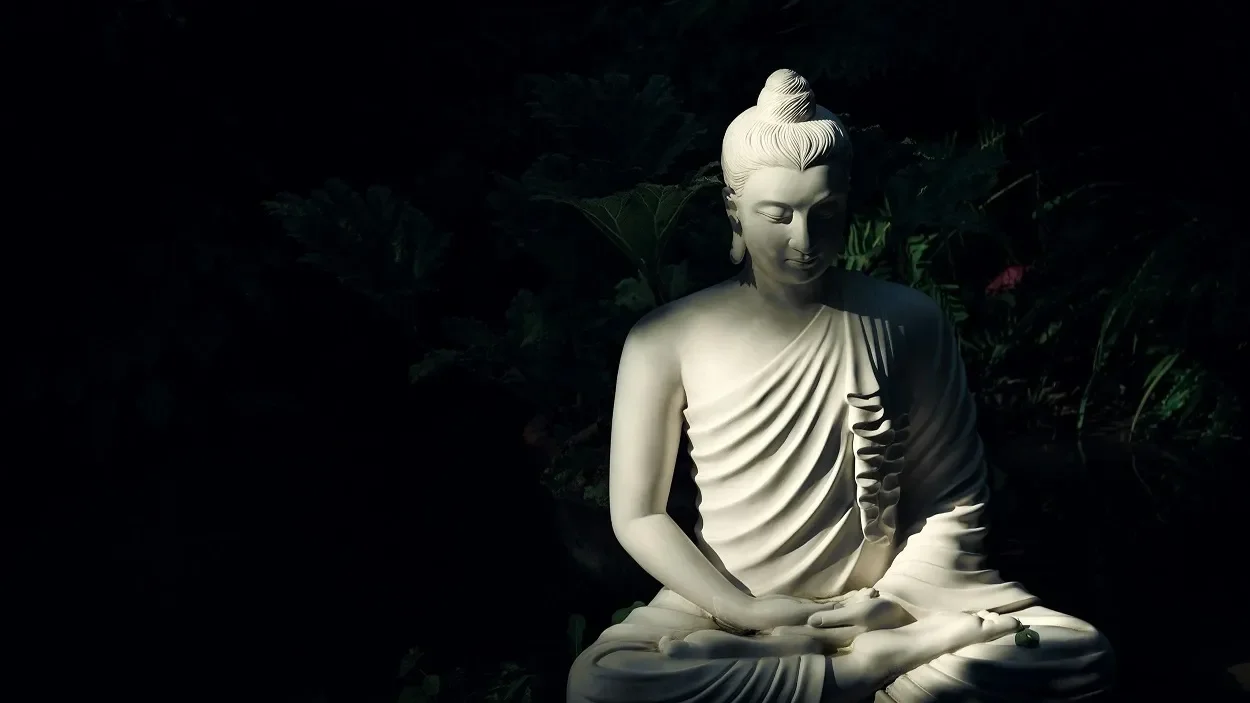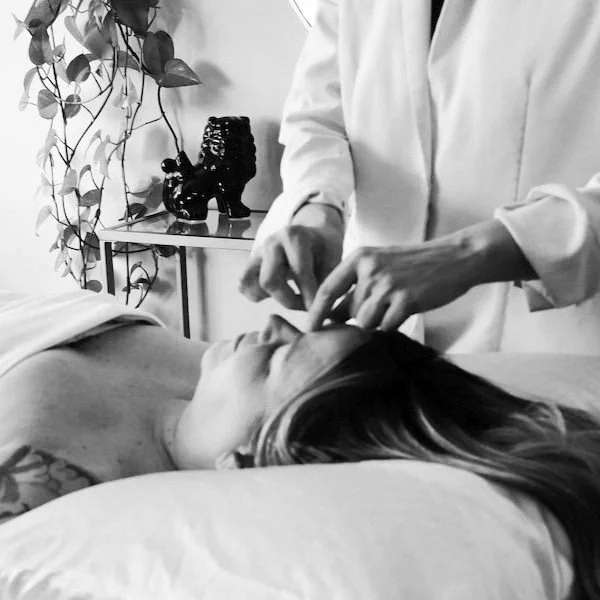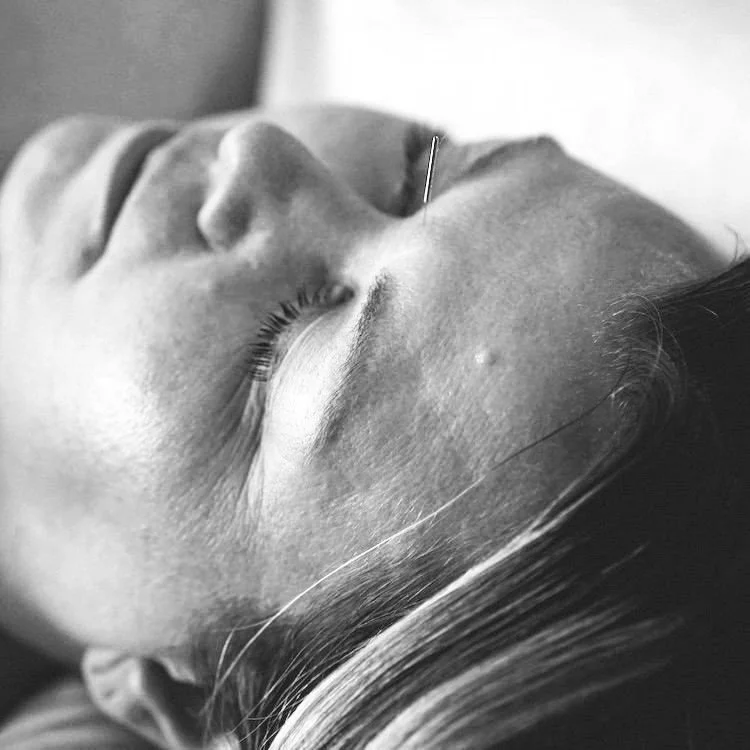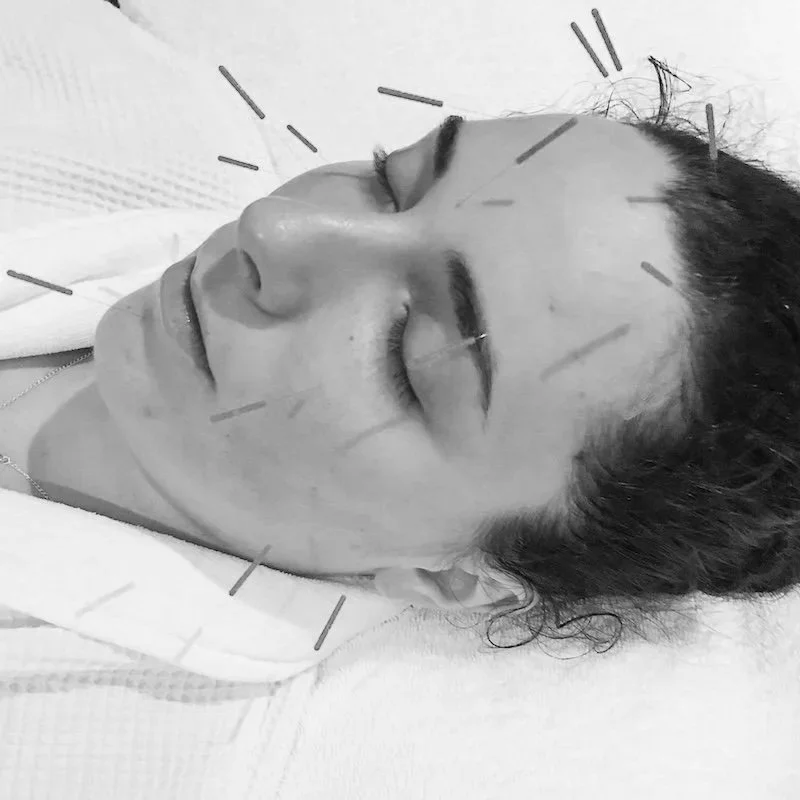
Discover Acupuncture & Eastern Medicine in Millcreek, Utah
The Five Branches of Chinese Medicine
Traditional Chinese Medicine (TCM) is a complete system of healing that views the human being as an integrated whole—body, mind, and spirit in continuous relationship with nature. Its five branches each represent a unique way of restoring balance and supporting the body’s innate capacity to heal.
Acupuncture
Acupuncture works by stimulating specific points along the body’s meridian system—pathways through which vital energy, or Qi, flows. Very fine, sterile needles are used to encourage the smooth movement of Qi and blood, reduce pain, calm the nervous system, and restore internal harmony.
Modern research has shown that acupuncture influences the endocrine, immune, and nervous systems, supporting both physical and emotional wellbeing. It is often described as the art of helping the body remember how to heal itself.
Herbal Medicine
Chinese herbal medicine uses plant, mineral, and sometimes animal substances (in modern practice, almost entirely botanical) to create customized formulas designed for each patient’s unique pattern of imbalance.
Rather than treating isolated symptoms, herbal formulas address the underlying causes of disease—nourishing deficiencies, clearing heat, moving stagnation, or harmonizing internal organ systems. When prescribed skillfully, herbal medicine acts as internal acupuncture, providing continuous therapeutic support between treatments.
Tui Na (Therapeutic Bodywork)
Tui Na is a form of medical massage and manual therapy that uses specific hand techniques to open the meridians, ease muscular tension, and improve circulation of Qi and blood. It is often used to treat musculoskeletal pain, stress, and internal disorders.
Unlike a spa massage, Tui Na is both diagnostic and therapeutic—it works with the same principles as acupuncture but uses touch, movement, and pressure to guide the body back into balance.
Qi Gong (Energy Cultivation)
Qi Gong is the branch of Chinese medicine dedicated to self-cultivation. Through mindful movement, breathwork, and focused awareness, Qi Gong strengthens the body, quiets the mind, and enhances the flow of Qi.
It is often called “moving meditation,” and serves as both preventive medicine and spiritual practice—teaching individuals how to maintain health by aligning body, breath, and intention.
Chinese Dietary Therapy
In Chinese medicine, food is considered the first medicine. Each food has energetic properties—warming or cooling, moistening or drying, strengthening or dispersing—that influence the body’s balance.
Dietary therapy offers personalized guidance to support digestion, immunity, and overall vitality by choosing foods that harmonize with one’s constitution, the seasons, and specific health needs.
A Unified Approach to Wellness
The five branches of Chinese Medicine are not separate techniques but interconnected expressions of the same philosophy: that health arises from harmony. Whether through needles, herbs, touch, movement, or food, each branch helps restore the natural rhythms of the body and reconnects us with the wisdom of balance that underlies all healing.
Hello. I offer Telehealth consultations to discover if Acupuncture & Herbs can benefit your condition.
Convenient online booking allows you to choose a time that suits you. You will receive an intake form so that Alessandra can do a full assessment of your health history.

Acupuncture & Traditional Chinese Medicine has survived the test of time because for thousands of years patients report:
Improved Health & Longevity
Relaxation. Stress Relief.
Reduction or Elimination of Pain.
Lower Inflammation.
Hormonal Balance & Improved Fertility.
Improved Appearance with Radiant Skin
Improved Sense of Well-Being & an Elevated Mood.
What is Acupuncture?
Acupuncture is a time-honored therapy that involves the gentle insertion of ultra-fine needles at carefully selected points on your body. Rooted in traditional Chinese medicine, acupuncture has long been recognized for its ability to alleviate pain. It has also been used to enhance overall wellness, including stress relief and relaxation.
“Superior doctors prevent disease. Mediocre doctors treat the disease before it is evident. Inferior doctors treat the full-blown disease.”
- Huang di Nei Jing
According to traditional Chinese medicine, acupuncture works by harmonizing the flow of energy—known as qi / “chi” —that circulates through pathways called meridians in the body. It is now understood that Meridian pathways follow structures called fascia and nerves in Western medicine. It is understood that our fascia and nerves are bio-electric systems - Qi pathways. When the needles are strategically placed along these meridians, they help restore balance, allowing the body's energy to flow freely and naturally.
In Western medicine, from a bio-medical perspective, Acupuncture is seen as a way to stimulate nerves, muscles, and connective tissues. This stimulation is thought to trigger the body’s innate healing responses, including the release of natural painkillers, promoting pain relief and improving overall function.
Whether you're seeking pain relief or a boost to your well-being, acupuncture offers a holistic approach to restoring balance and vitality, helping you live a more healthful and peaceful life.
Can Acupuncture Treat Any Type of Pain?
Usually, Yes! East Asian Medicine (Acupuncture & Herbs) has been used to address pain for thousands of years: menstrual pain, back pain, neuropathic pain, TMJ pain. arthritis pain, knee pain, shoulder pain - all types of pain. There are many causes, so the first step in treatment is to diagnose the source of your pain through a comprehensive intake assessing all of your body systems. Once diagnosed, there are a number of modalities that can be used to provide relief and healing and none of them are physically addicting (though - you could like it so much that you get a little hooked).
Is Acupuncture a Somatic Healing Practice?
Yes! “Somatic Healing / Somatic Therapy” are terms to describe Mind/Body healing. It recognizes that emotional and psychological distress can manifest as physical sensations, tension, and patterns in the body, and that addressing these physical symptoms can facilitate emotional healing. Acupuncturists draw upon a complete and complex system of understanding the human body. Each energy channel corresponds to an organ, an emotion, an element, an archetype of interacting with the world, a season, a sound, a smell, and a fascia (sinew) channel.
In Acupuncture there are 5 branches of the medicine: Acupuncture, Meditative Practices, Nutrition, Movement Practices, and Herbal Medicine. Each branch is a part of the whole philosophy about the connections that exist between mind and body, heaven, man and earth, the balance between yin and yang energies and much more. It is complex - and holistic!
How does Acupuncture work?
Balancing Energy (Qi)
In Traditional Chinese Medicine (TCM), pain and disease are often attributed to imbalances in the body’s Qi (energy) flow. The imbalance of Qi causes blood stagnation - blood does not flow and the tissues suffer. Blood contains iron and electrolytes for electrical conductivity - or Qi conductivity.
Acupuncture is believed to stimulate specific points on the body to restore the balance of Qi, encourage smooth blood flow, and release any blockages in the meridians (energy pathways). This balance is thought to help regulate all of the systems of the body - blood flow, gut and hormone balance, nerve conduction etc.
Blood Stagnation: In TCM, pain can result from blood stagnation. For menstural pain, Acupuncture points related to the liver and uterus are targeted to promote circulation and alleviate this stagnation. For pain related to muscles, acupuncture points relating to the “sinew channels” are prescribed in an approach called “orthopedic acupuncture.” For pain related to dysfunctions of organs, Acupuncture points related to the affected meridian systems are used.
Qi Deficiency: Acupuncture may also address Qi deficiency, which is believed to weaken the body’s ability to regulate or alleviate pain. Qi is a consideration of the energetic body - the energy in the cells and the energy in the meridians.
Endorphin Release
From a modern perspective, acupuncture stimulates the nervous system, leading to the release of endorphins (natural pain-relieving chemicals). These endorphins can reduce pain perception and provide a sense of well-being. The needle insertion at specific acupuncture points can trigger the release of these endorphins, providing pain relief for injuries and during menstruation.
It is likely the release of endorphins that causes the deep feeling of relaxation one enjoys after a treatment.
Improved Blood Flow
Acupuncture helps improve circulation by relaxing muscles and expanding blood vessels. Increased blood flow to the uterus and surrounding tissues can alleviate pain associated with cramps and spasms. Increased blood flow to muscles and surrounding tissues can alleviate pain associated with strains and injury. This is especially helpful for menstrual cramps, which occur due to uterine muscle contractions.
Regulating Hormones
Acupuncture is also used to help regulate the hormonal systems that govern the menstrual cycle. It may influence levels of prostaglandins, the hormone-like substances that cause the uterus to contract. Excessive prostaglandin production is linked to more intense menstrual cramps.
By balancing hormone levels, acupuncture can potentially reduce the intensity of menstrual cramps, improve fertility, improve mood disorders related to menstrual cycles like PMS, PMDD, and improve symptoms related to PCOS.
Stress Reduction
Acupuncture has a well-documented effect on reducing stress and anxiety by stimulating the parasympathetic nervous system (the "rest and digest" system). Stress can worsen menstrual pain by increasing muscle tension and affecting hormonal balance. By promoting relaxation, acupuncture may help lower stress hormones like cortisol, which can in turn reduce the severity of menstrual pain.
High cortisol is also linked to belly fat or fisceral fat, so Acupuncture can be highly beneficial for losing weight around the mid-section and reducing fat around organs, which is detrimental to organ function.
Uterine Relaxation
Acupuncture may help relieve uterine spasms by stimulating specific points that promote relaxation of the uterine muscles. This can reduce the intensity and frequency of menstrual cramps.
This is why Acupuncture can also be helpful for conditions like a hypertonic pelvic floor.
Modulation of Inflammatory Pathways
Acupuncture may influence inflammatory pathways that play a role in menstrual pain. Research has suggested that acupuncture can modulate levels of pro-inflammatory markers in the body, which can reduce the inflammation and pain associated with menstruation.
For this reason, acupuncture is helpful for the treatment of endometriosis, fibroids and the condition of dysmenorrhea (painful periods).






